Australia's drive for coal seam gas raises protests
- 28 January 2016
- Business
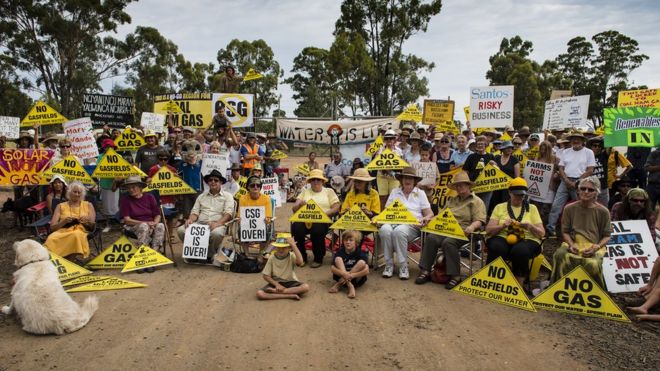
A natural gas that supporters say could power another resources boom in Australia is proving highly controversial.
Coal seam gas (CSG) is found in coal deposits and it has supplied 90% of domestic gas in the state of Queensland for the past two decades.
But activists want to stop exploration in neighbouring New South Wales because they say it could lead to an environmental catastrophe.
Campaigners argue the process of mining the gas will contaminate groundwater supplies, a charge the industry rejects.
Protests
One of the frontlines lies in the red scrub a short drive from the farming town of Narrabri, 525km northwest of Sydney. It's here that energy firm Santos wants to extract enough natural gas to provide up to half of the supplies used in New South Wales homes and businesses each day.
Up to 1,000 metres beneath the rust-coloured dirt are the seams that contain the gas, which is mostly methane. It's trapped by the pressure of underground water, and when that is pumped out the CSG is collected.
However, the water extraction process and the waste water it creates has led to controversy.
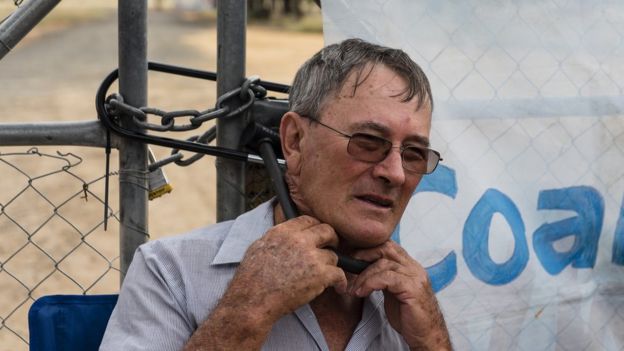
Near Narrabri, some protesters have employed desperate measures to make their feelings known.
Don McKenzie, a 64-year old farmer, sits with a bicycle lock around his neck that is clamped around the steel fence to a CSG water treatment plant, where more than 100 demonstrators have gathered. They are a disparate bunch; from landowners to conservationists, and Aborigines to the so-called Knitting Nannas, a group of older women who sit and knit as part of a gentle, yet determined protest.
"We are being forced into doing this because the government is backing these people and the government will not listen," Mr McKenzie told the BBC. "We've made it very, very clear we don't want this coal seam gas."
Big investment
Australia is the first country to convert CSG into liquefied natural gas (LNG), where natural gas is cooled to make a liquid, shrinking its volume for easier storage and transportation.
The hope is that LNG will prove to be another big export earner for Australia, with industry bodies predicting that Australia will be the world's leading LNG exporter by 2018.
To overtake current front-runner Qatar, Australia has spent massively.
Some 70bn Australian dollars (US$49.2bn) has been invested in the east of the country, exploiting new reserves of CSG and building the facilities to ship exports to Asia and beyond out of the port of Gladstone in the northern state of Queensland.
LNG supplies come from so-called conventional offshore fields off north and western Australia, and from coal deposits, mostly in the east.
 Santos
Santos
The commercial production of gas from coal seams began in Australia in 1996 in Queensland's Bowen Basin, north of Brisbane. It now supplies 90% of the state's domestic gas needs and employs more than 20,000 people.
However, the industry's experiences in other states has been mixed. There's a moratorium on exploration in Victoria while more scientific assessments are carried out. In New South Wales there has been concerted community opposition to CSG developments.
'Risky industry'
The protest near Narrabri is good-natured and is a "show of force", according to Jeremy Buckingham, a Greens party MP who sits in the New South Wales Legislative Council.
"This is risky, dangerous industry. We do not want, we do not need, and we want these companies to go away," he said.
"My biggest concern is that groundwater will be contaminated. Invariably we've seen in other jurisdictions in Queensland and the United States ground water contaminated. Water is more precious than short-term profits from unconventional gas."
Activists take us deeper into the Pilliga State Forest to the gates of another water treatment plant. It's here they claim that an accidental leak of water extracted from coal seams has "killed" a tract of woodland. The wastewater is salty, and, according to environmentalists, loaded with chemicals, some of them highly toxic.
"It's Armageddon water," said one campaigner, who lives at a protest camp several kilometres away.
They fear that untold damage will be inflicted on the Great Artesian Basin, one of the largest underground water reservoirs on earth that lies underneath about a fifth of the Australian continent.
'No impact'
But the Australian Petroleum Production & Exploration Association (APPEA), which represents the oil and gas exploration and production industry, strongly rejects any suggestion of environmental vandalism.
"The industry is strictly regulated and is safe for the environment," it said in a statement to the BBC. "Every credible, independent scientific study in Australia, the UK, the US and Canada confirms that the industry is safe when properly regulated."
"There has been no impact on water supply or quality. Indeed the industry provides regional communities with a new supply of treated water - producers are required to put all the water extracted from development to 'beneficial use'," it added.
Santos, the energy company that hopes to start CSG production in the Pilliga State Forest, said it adheres to safety regulations that are "among the most stringent in the world."
"One of our utmost priorities is ensuring all water resources are protected," a spokeswoman told the BBC. "Claims that our Narrabri Gas Project will have a detrimental impact on the Great Artesian Basin are fundamentally incorrect."
Business
Japan surprises with negative rate
- 29 January 2016
- Business
US economic growth slows sharply
- 29 January 2016
- Business
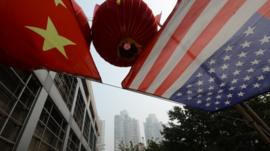


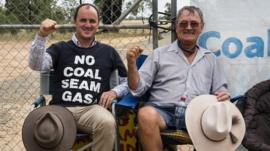


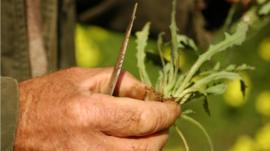


No comments:
Post a Comment
Please leave a comment-- or suggestions, particularly of topics and places you'd like to see covered